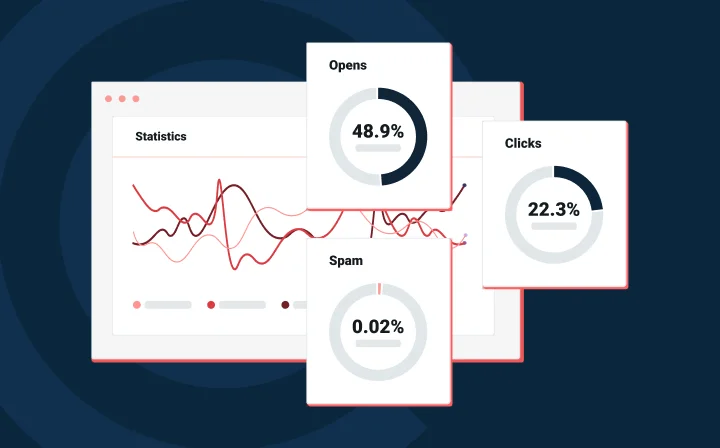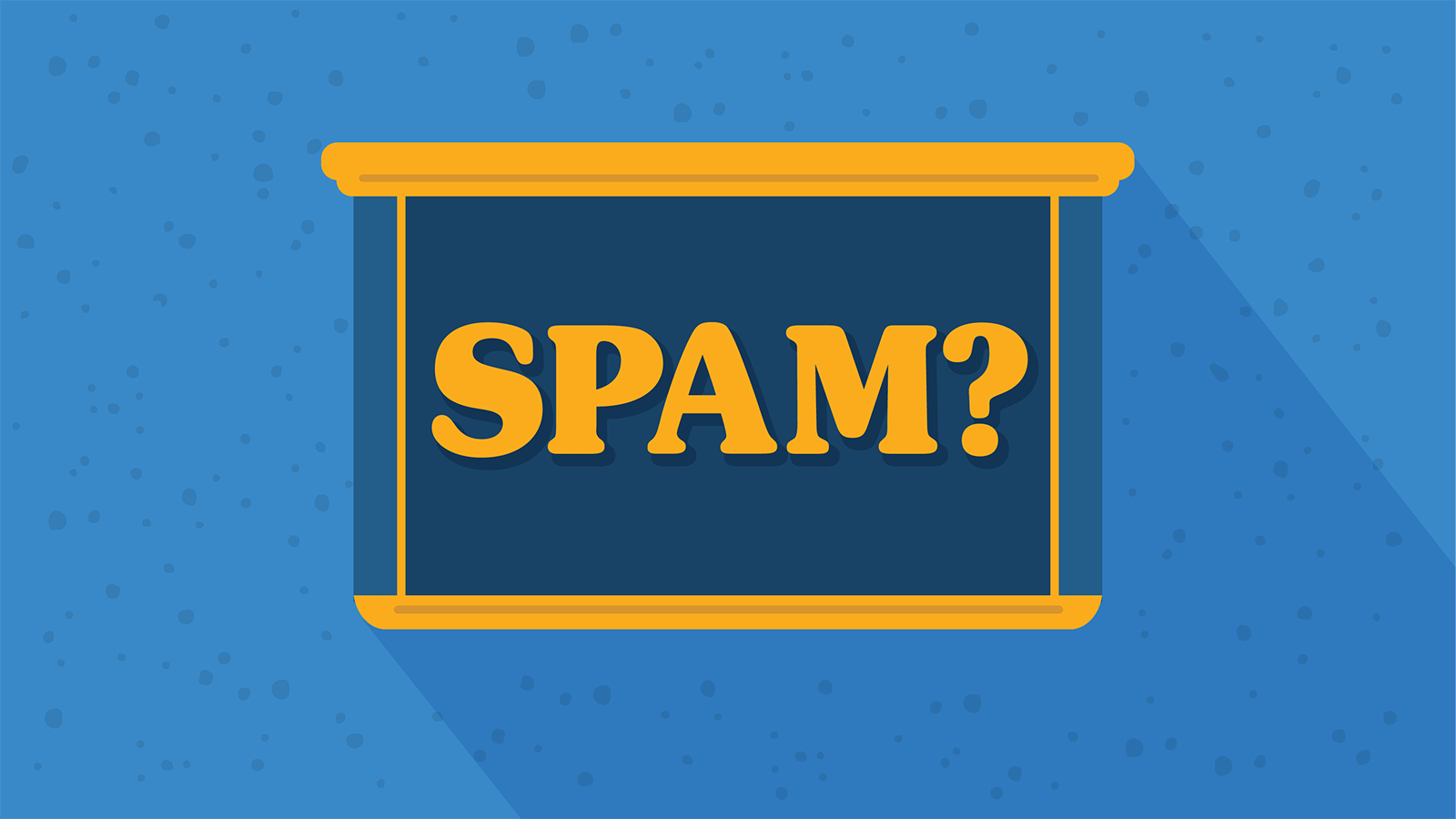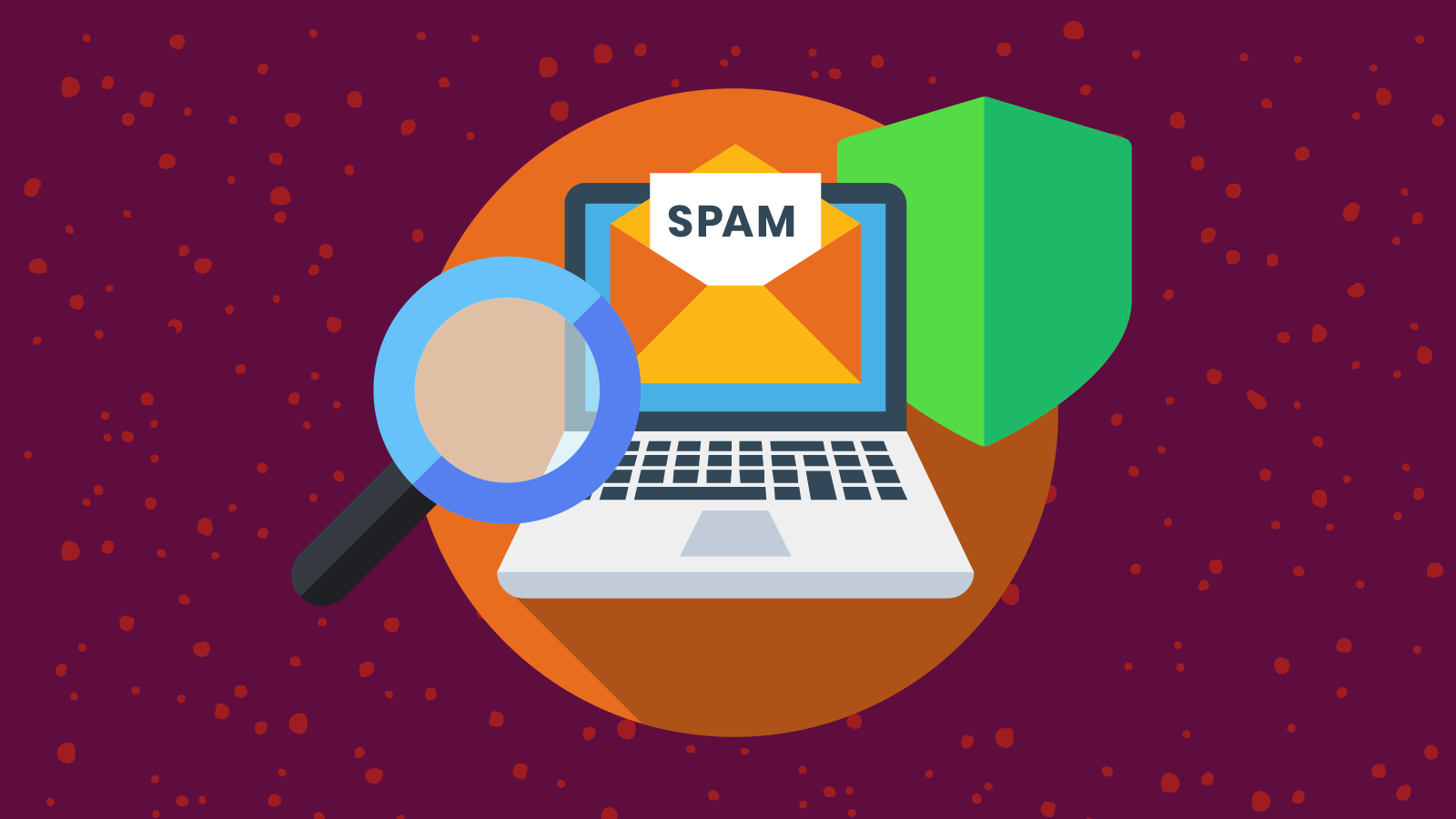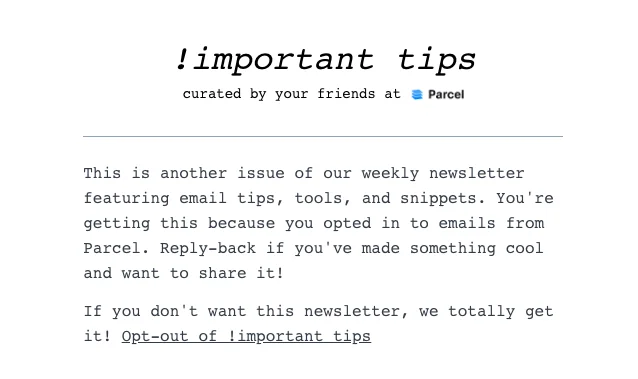Deliverability
How to keep your spam complaint rate low

Deliverability

It feels like a slap in the face. Or being dumped with the “it’s not you; it’s me” line. When an email subscriber marks one of your emails as spam, it feels like a betrayal. We were doing so well together! What made you resort to something this petty and vile?
Okay, maybe we’re being a little dramatic, but email marketing gets emotional sometimes.
Of course, from the recipient’s perspective, marking your emails as spam probably feels like none of those things. And there’s also a general misunderstanding about what email spam actually is. How email marketers define it isn’t always how recipients perceive it.
But the fact remains, if a subscriber doesn’t want to hear from you anymore, they can just unsubscribe. So, marking your emails as spam can be rightly seen as an aggressive act, motivated by something more.
The good news is, there are several tips you can employ to reduce your spam complaint rate, and Mailgun Optimize by Sinch can help.
There are many metrics that measure the effectiveness of your email marketing, and most get tallied in similar ways. The spam complaint rate is simply the number of recipients reporting your email as spam compared to how many emails were delivered.
Number of complaints / Number of emails received = Spam complaint rate %
So, if you send 1,000 emails and one recipient marks you as spam, that’s a 0.1% complaint rate. Which, by the way, is actually kind of high. Industry standards for this metric vary by source. However, you should aim for getting spam complaint rates closer to 0.02%.
The point is, this metric should be a tiny faction of a percent. If it gets in the neighborhood of 0.1%, you could get in trouble with your email service provider (ESP). For example, Sinch Mailgun has an Acceptable Use Policy, which suggests that senders on its platform keep their spam complaint rate at or below 0,08%. There’s a good reason for this, says Kate Nowrouzi in the following video.
Mailbox providers, such as Gmail, Yahoo, and Outlook give their users the ability to mark incoming messages as spam. Then those spam complaints are relayed back to the ESP and show up in your email analytics, creating a feedback loop.
It’s not always easy for mailbox providers to determine what is an unsolicited email and what is a message the subscriber really wants and expects. The ability to mark a message as spam puts some power in the hands of recipients. Find out more about how AOL developed the first report spam feature.
Just like unattended hard bounces, a higher-than-acceptable spam complaint rate damages your sender reputation and, ultimately, your email deliverability. That means worse results because emails you send to legitimate subscribers who want to hear from you will not always get delivered to the inbox.
Keeping your spam rate low is also a sender requirement that is being enforced by email providers Gmail and Yahoo as of February 2024. The requirement (one of three) holds the spam rate threshold at 0.3% – which may sound low, but actually it’s high for the industry with many companies and providers already setting a threshold of 0.1%.
A spam rate of 0.3% is really high. This is nothing new, we have always looked at these spam rates and there are other companies out there also using 0.3% so we are aligned. Internally, we look at much lower spam rates across the board. If you're a good sender your spam rates will be well below 0.3%.

The more often people mark your messages as spam, the more likely mailbox providers are to believe you actually are spamming people. And that means your inbox placement rate suffers as more messages land in the junk folder.
A high spam complaint rate can even land you on a blocklist, which will accelerate your downward spiral of poor email deliverability.

What makes email recipients say “this is spam”, and how cand senders prevent this from happening as frequently. The good news is that you can do something to mitigate each reason to reduce the number of spam complaints you receive.
How often should you be emailing your list? Daily? A few times a week? A couple of times a month? There’s a lot of debate around email sending frequency best practices. The truth is, the right sending cadence varies by industry, brand, target audience, time of year, and more. It all depends on how your contact list responds.
But the fact is, sending too frequently is one of the main reasons people choose to unsubscribe. So, it stands to reason that over-sending could result in a higher spam complaint rate as well.
Many companies send emails every single day, and their subscribers are fine with it because they want to stay connected to the brand. Others, if they start sending even one or two emails a week, their subscribers revolt.
But the fact remains, if you send too many emails, you run the risk of getting more spam complaints.
Sending too infrequently is the other side of the same email marketing coin.
Some subscribers sign up for your email list but don’t remember doing so. Then, when they receive an email from you, they wonder how they got on your list. A prompt welcome email series is the simplest way to prevent this from happening.
Regularly scheduled email newsletters are the easiest way to make sure you keep in touch and keep your company top of mind. If people expect to hear from you, they’ll be less likely to mark your messages as spam.
If you only send to your email list a few times per year, their forgetfulness and the email spam complaints are on you.
The more your emails resemble spam, the more spam complaints you’re likely to get.
Unprofessional email design, overzealous selling, and other characteristics of real spam can increase the chances of your emails being marked as spam. Most real spam has lots of typos and poor grammar, and some of it is too pushy or vague. Other spam tries to make you act on fear, such as claiming your account has been closed, or your order couldn’t be delivered.
Emails that look wonky because they don’t render correctly on certain email clients can appear suspicious to subscribers as well. That’s why you should test and preview every email campaign before you hit send.
As people become more aware of issues like brand spoofing and phishing scams, it’s possible they could become over-vigilant and mark legitimate messages as spam. So don’t do things that spammers do – even by mistake.
Blasting every email to your entire list is rarely a good idea anymore. That’s especially true for larger companies and high-volume senders who may have multiple brands and product lines. When people start getting unexpected, irrelevant messages they don’t want, they’re more likely to mark emails as spam.
For example, maybe someone subscribes to your newsletter. But then they also start getting three product promotions a week, and they’re not at all interested in the types of products you’re promoting. Using an email preference center – where you let subscribers specify which topics, products, services, and email frequency they prefer – can mitigate this.
An unexpected change in the “From” name in your emails could also prompt people to mark a message as spam. Be careful about overusing “Friendly Froms,” and be sure to be clear about who is sending the message. Switch to a more recognizable sender name if subscribers react to your Friendly From like it’s stranger danger.
Sometimes subscribers don’t fully realize that they’ve subscribed. For example, when they buy a product, is there a pre-checked box automatically adding them to your email list? If they don’t realize it happened and then start receiving emails from you, they might get annoyed and mark you as spam.
By the way… pre-checked boxes are a big “No No” when it comes to GDPR compliance because they don’t really indicate consent.
Also, if you collect email addresses using hard copy forms, such as at an event, the recipient might not connect the dots between whenever they filled out your form and the emails you start sending them. The remedy here is a double opt-in process, which we’ll cover in our solutions next.

Now that you’ve learned what makes some people mark your emails as spam, let’s see what else you can do to prevent this from happening.
Pay attention to your engagement metrics such as opens and clicks. As you increase email frequency, do these metrics hold fairly constant, increase, or start to decline? If engagement declines, that’s an indication you might want to pull back a bit on your sending frequency.
Reduced engagement could also mean your email content needs work. Are you hitting them with too much pushy selling? Or are you also delivering other types of valuable content that don’t require them to spend money? Sending tips, success stories, links to blog articles, free guides, and other non-sales content helps your readers feel more respected and valued.
When people know what to expect from you and feel valued, they’re less likely to mark your emails as spam. And if they decide they no longer want to hear from you, they’ll just unsubscribe.
Speaking of unsubscribes, these are going to happen, and it’s okay. Let those subscribers go because if they don’t really want to hear from you, then you don’t want them on your list. They’ll drag down your engagement metrics, which can also impact deliverability over the long run.
Part of that “letting go” is making it easy to unsubscribe. If there is no unsubscribe link in your email at all, recipients who don’t want those emails probably will choose to mark your message as spam instead.
Don’t be too tricky with where you place your unsubscribe links either. While it’s common to have an unsubscribe link in the email footer using a smaller font size, you shouldn’t try to hide it. If your sending frequency is low, it may be smart to remind people how they got on your list in the first place.
Check out how our friends at Parcel.io handle this. Giving people the option to unsubscribe is so important, they put a message and a link right at the top of the email. By being so straightforward, it’s highly unlikely any of their subscribers will mark Parcel’s emails as spam.

You’ll get slightly fewer signups, but the ones you get will be of higher quality. If someone only opts in for some sort of freebie but doesn’t really want to be on your email list, they’ll be less likely to respond to that confirmation email. Someone who confirms to join your list is less likely to mark your emails as spam in the future.
Plus, this brings the additional benefit of keeping fake or misspelled email addresses off your list, because they won’t be able to confirm.
Segmentation helps reduce the number of emails sent to your subscribers that feel irrelevant to them. If you sell a variety of products and services, it’s likely that many of your subscribers are more drawn to or served by specific categories, rather than all of them.
Applying purchase history and engagement metrics, you can create slices of your audience and use those to send more personalized emails to each segment. That content will be more relevant, and thus make them less likely to mark your emails as spam.
There are many possible reasons why a subscriber stops engaging. But one way to reduce spam complaints is to create a new segment of every subscriber who hasn’t opened, clicked, or engaged at all in a certain amount of time, such as six months.
Send an email to that segment, and use a subject line like “Do you still want to hear from us?” In the email, explain that you noticed they haven’t been opening your messages for a while. If they still want to receive emails from you, reactivated subscribers click a link to remain on your list. And if they’re ready to move on, encourage them to unsubscribe.
For any subscribers who don’t respond or even open that email, you can remove them from your list proactively. This prevents them from getting fed up and marking you as spam in the future.
These subscribers are not active, so they aren’t likely to produce any revenue – unless they respond positively and ask to remain on your list.
Spam complaints are just one factor in a web of issues that have the potential to impact your email deliverability. If you want more insights and control into this area, you’ll get from Mailgun Optimize by Sinch. It’s a complete deliverability suite for your email program.
With Mailgun Optimize, you can:
Check out our plans and pricing to learn more and contact our experts with any questions you may have or set up a custom Mailgun Optimize demo.